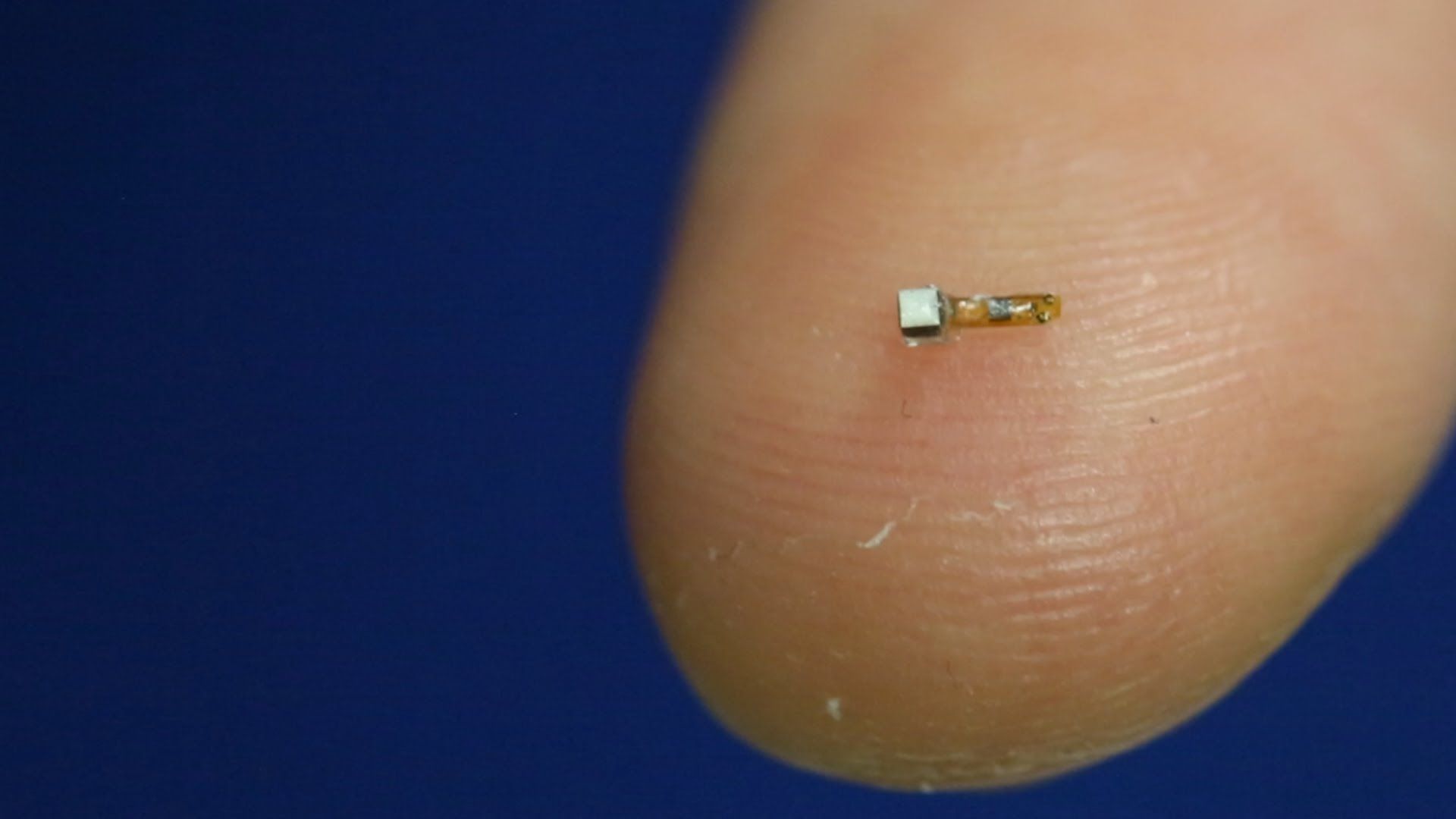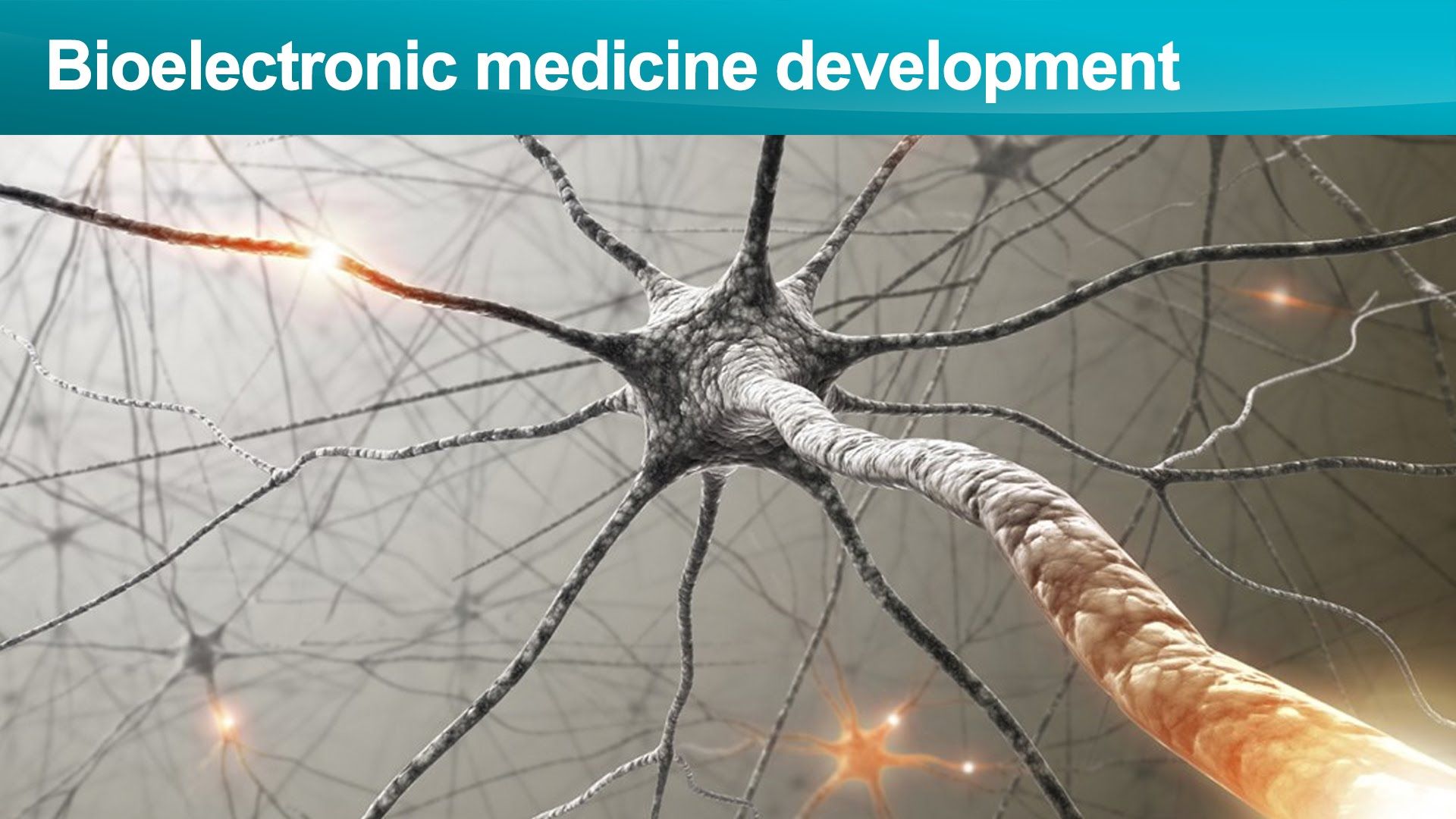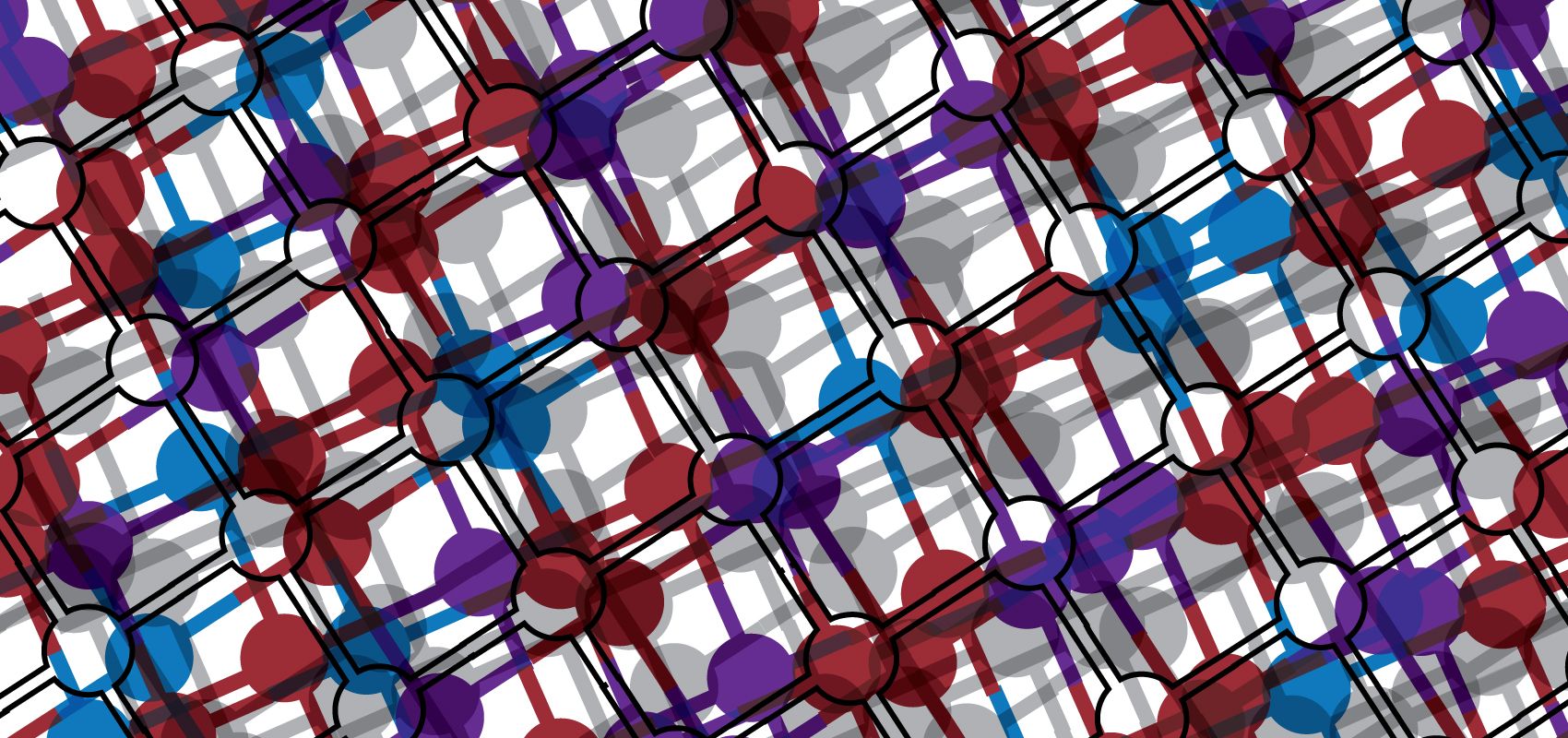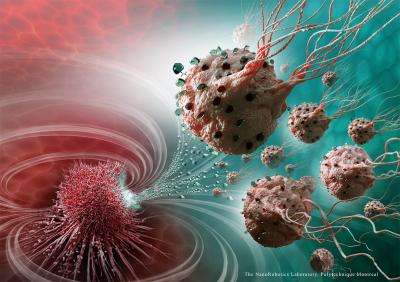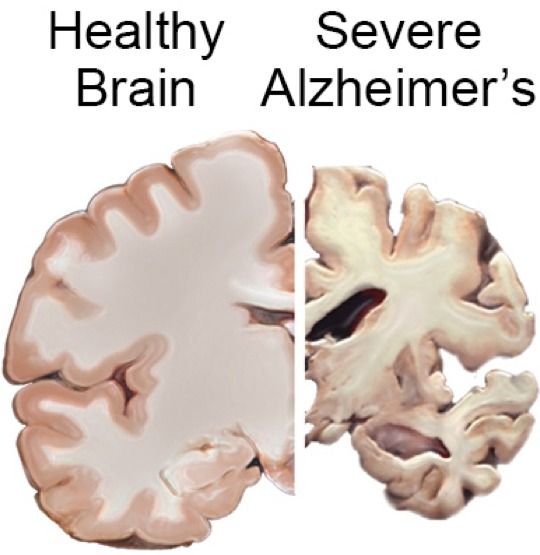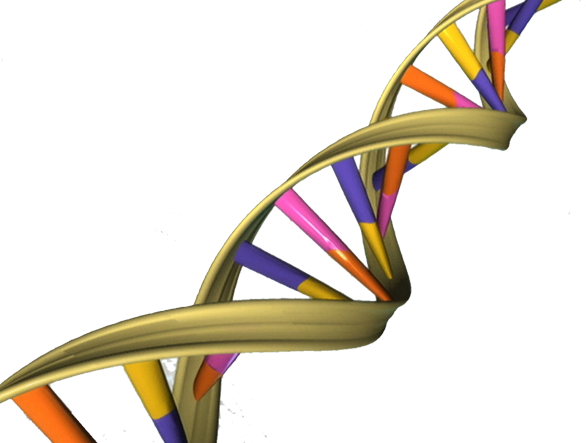Aug 15, 2016
Engineers Create The First Dust-Sized Wireless Sensors That Can Be Implanted Into The Human Body
Posted by Shailesh Prasad in categories: biotech/medical, neuroscience
Engineers at the University of California, Berkeley have created the very first dust-sized wireless sensors that may be implanted within the body. This is bringing technology closer to the day that technologies such as the Fitbit will be able to monitor internal nerves, muscles and organs all in real time.
These devices do not require batteries and may also be able to stimulate nerves and muscles opening up doors for electroceuticals to treat disorders including epilepsy and stimulate the immune system or lower inflammation.
